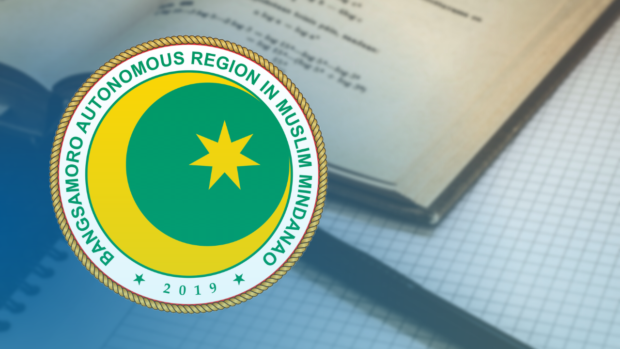
DAVAO CITY, Davao del Sur, Philippines — The Bangsamoro Autonomous Region in Muslim Mindanao (BARMM) aims to reduce the poverty incidence in the region in the next six years by addressing key issues, including intermittent armed conflict, have been keeping the region poor, a Bangsamoro official said.
Lawyer Naguib Sinarimbo, BARMM spokesperson, said they hoped to improve the security situation in the region in the next six years, a key factor in bringing down the poverty incidence in Bansangmoro areas by 20 to 25 percent, which was among the macroeconomic targets contained in the BARMM’s development plan for 2023 to 2028.
Top Bangsamoro officials unveiled the development plan on April 12, the second development plan to be drafted since the creation of the BARMM.
The plan, which serves as a guidepost for the region’s development in the next six years, also hoped to achieve an eight to nine percent average annual growth rate of its Gross Regional Domestic Product (GRDP); a 10 to 12 percent annual real growth rate for its industry and service sectors; an 18 to 20 gross capital formation (GCF) as a percentage of GRDP; a three to five percent unemployment rate; and a four to seven percent underemployment rate, among others.
Sinarimbo said that focusing their intervention on key indicators, such as the lack of housing, has prompted the government to embark on a massive housing program.
Self-reliance
He also said that instead of relying on outside investments to generate employment, the region aimed to spur economic activities by encouraging local trading and entrepreneurship through the construction of more public markets in each town “to create a platform where people can engage in trade and exchange of goods (and services).”
Poverty incidence in the BARMM used to be among the highest in the country before the law governing the expanded autonomous region was passed.
According to the Philippine Statistics Authority, poverty incidence in the region has gone down to 39.4 percent in the first semester of 2021, or the first two years after BARMM was created, from the 55.9 percent it posted in the same period in 2018.
Inclusive plan
“BARMM, being a vast region in terms of geographic feature, and in terms of culture, it is very necessary that the plan is inclusive to the needs of all sectors in the Bangsamoro,” said Bangsamoro Planning and Development Authority (BPDA) Director General Mohajirin Ali during the launch on Wednesday.
He said the Bangsamoro Economic and Development Council (BEDC) adopted the “whole sector approach” to ensure the formulation of an inclusive plan responsive to the needs of all sectors in the region, the Bangsamoro Information Office reported.
“This plan serves as a guide toward the attainment of the region’s overall goal of becoming an empowered, cohesive, and progressive Bangsamoro,” Ali said.
BARMM Chief Minister Ahod Ebrahim said the formulation of the plan was a “major accomplishment for every Bangsamoro as it sets the development thrusts, priorities and strategies of the government for the six-year period” and embodied the “dreams and aspirations” of the Bangsamoro people.
According to BIO, the formulation and packaging of the plan were in done with BARMM’s development partners, such as the Japan International Cooperation Agency, Asia Foundation through Forward Bangsamoro, European Union through the Support to Bangsamoro Transition, the United Nations Development Programme, Food and Agriculture Organization, International Labour Organization, United Nations Children’s Fund, and International Organization for Migration.